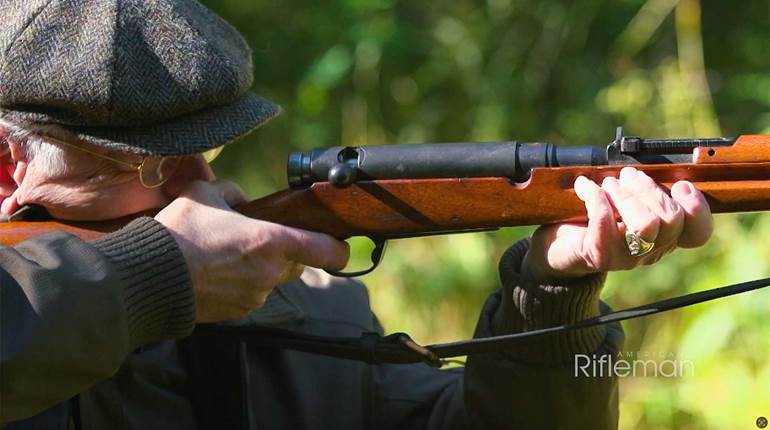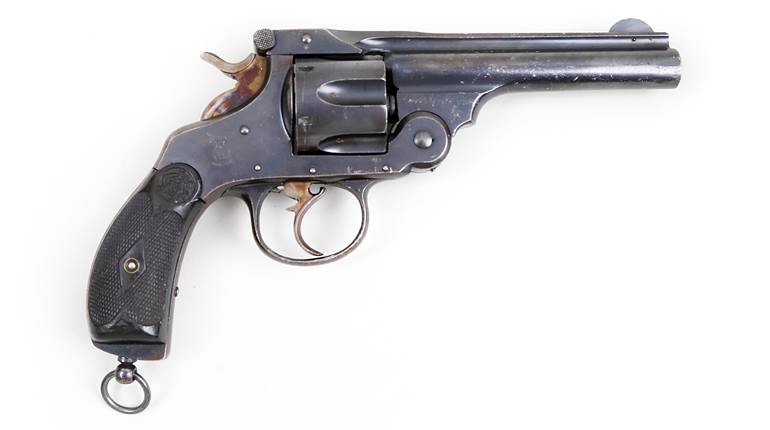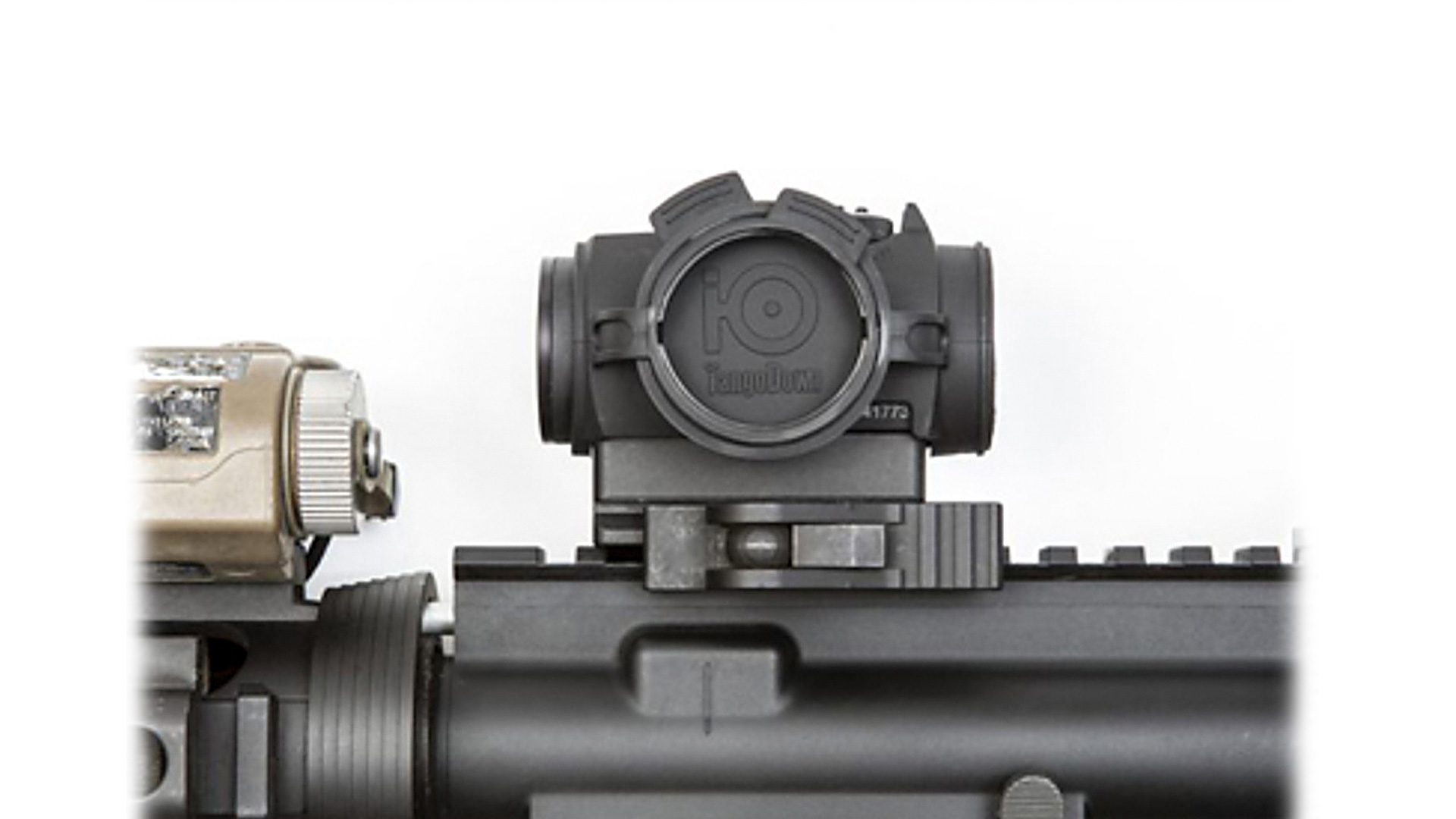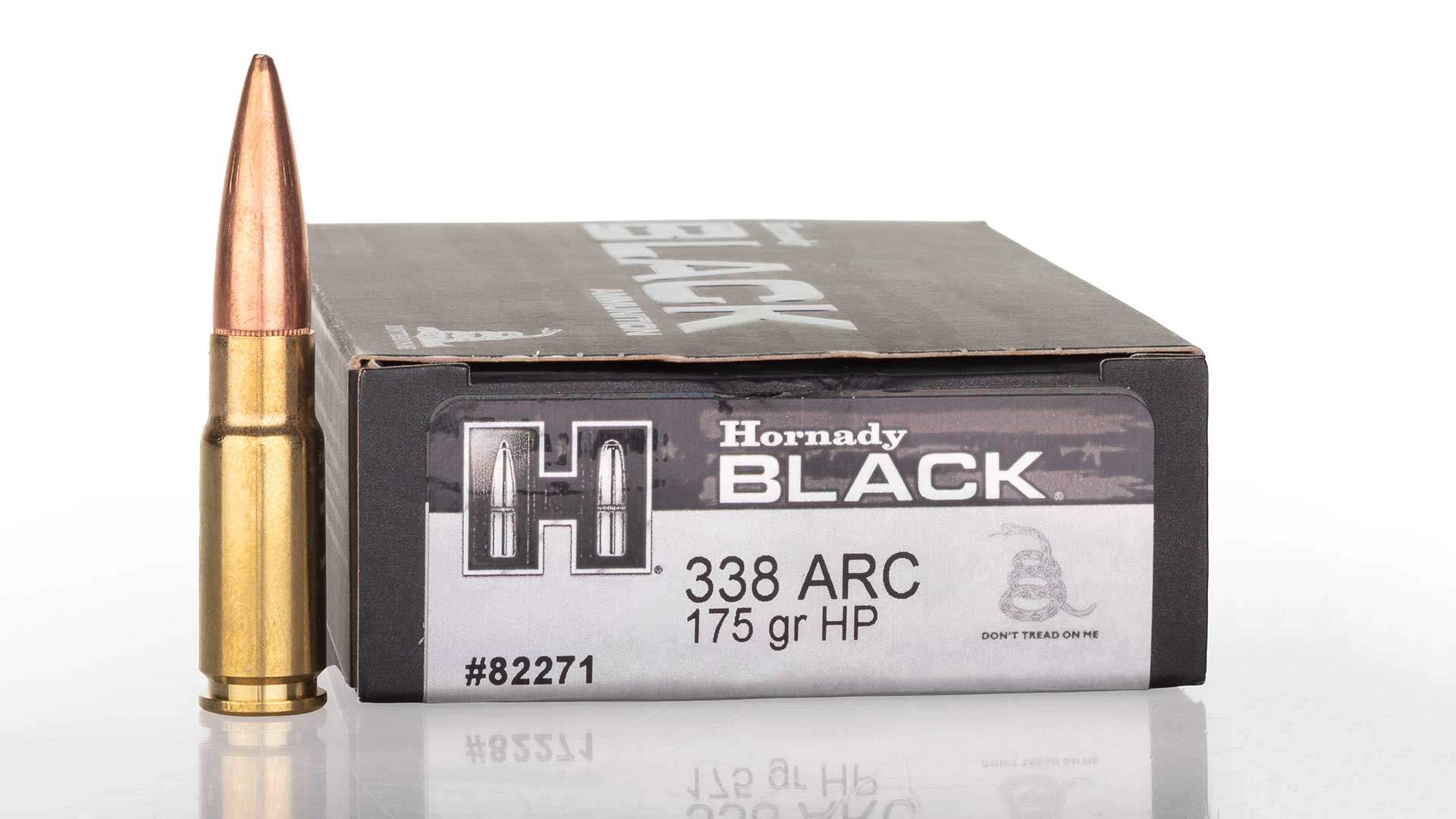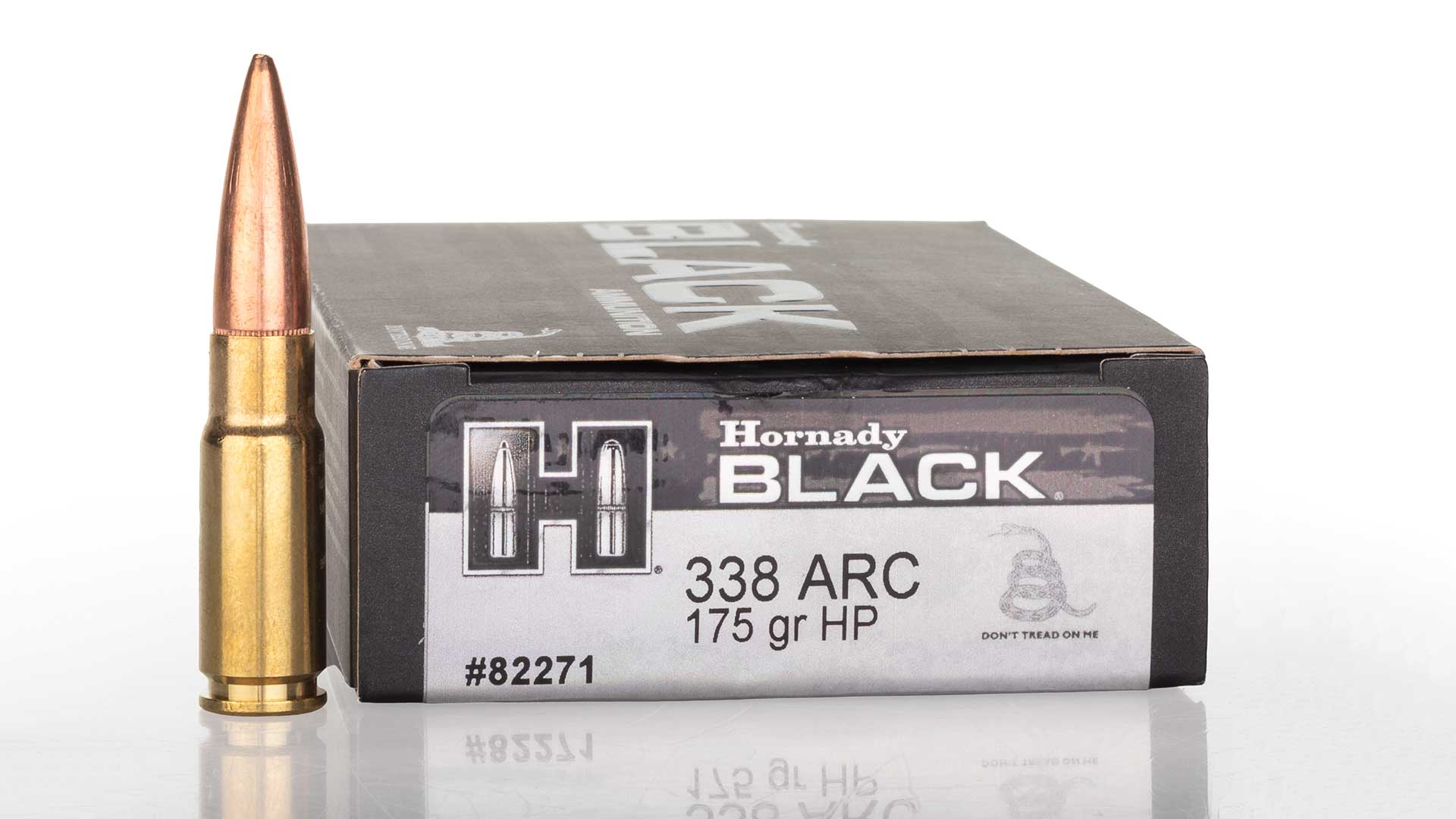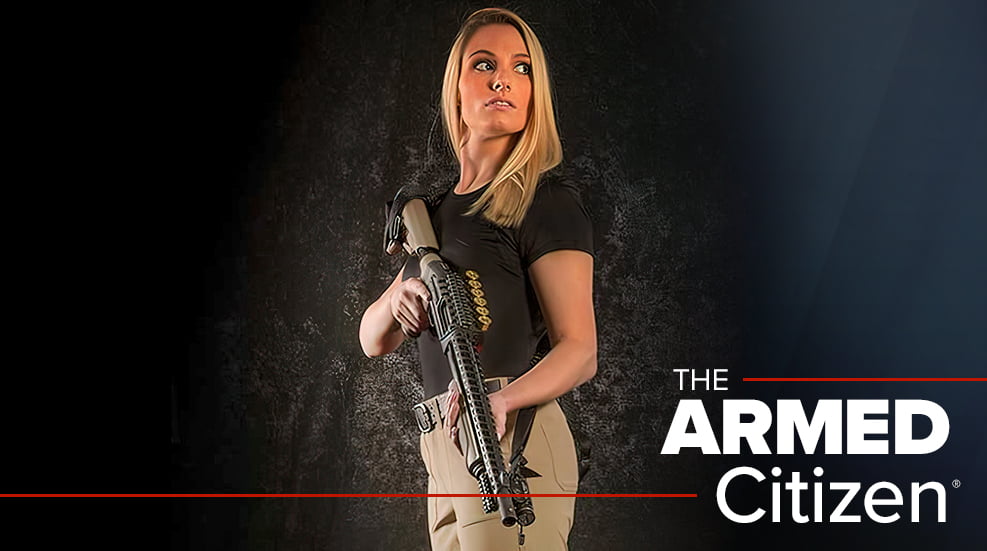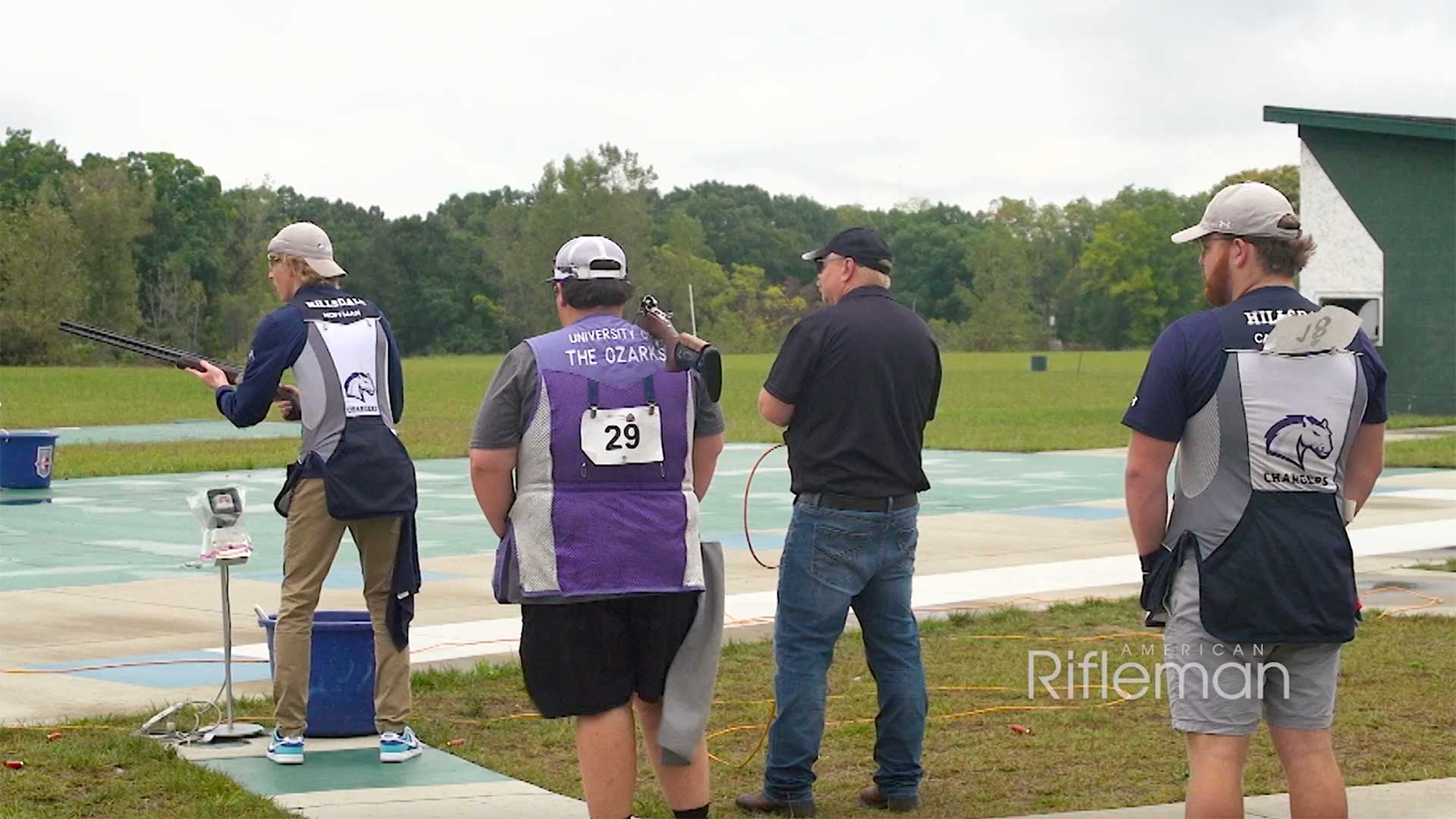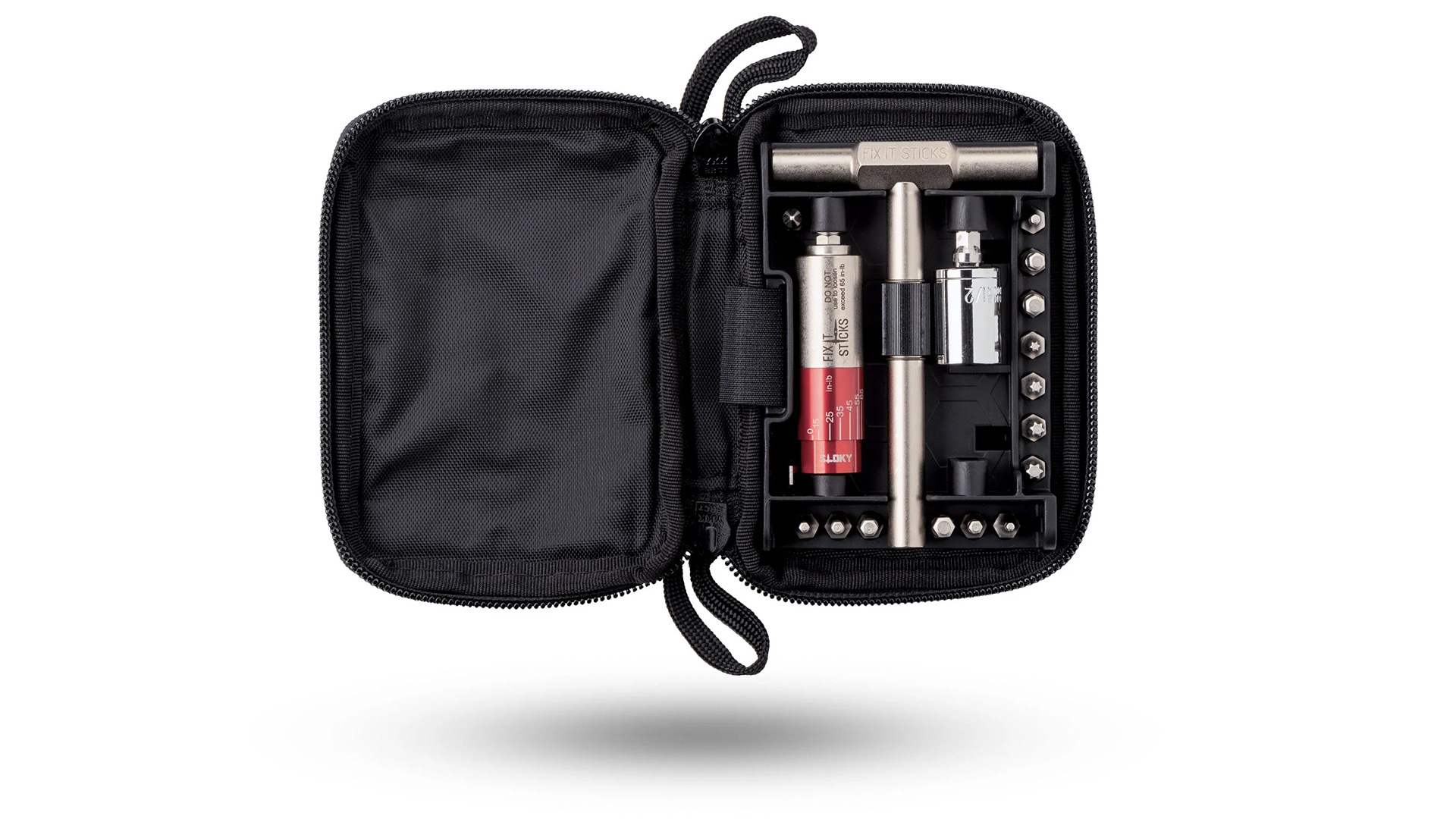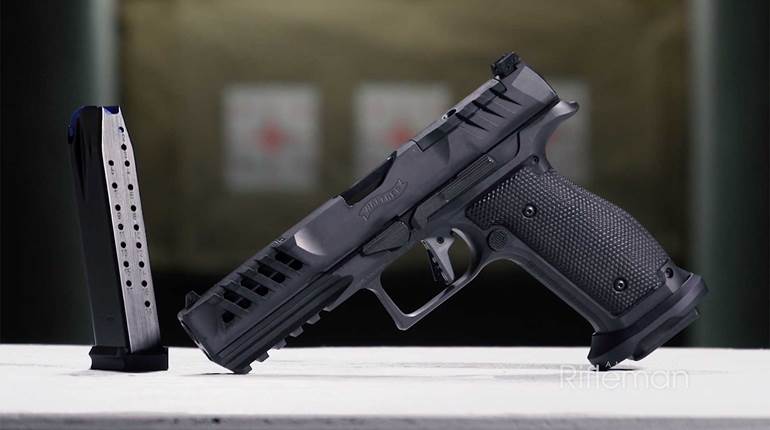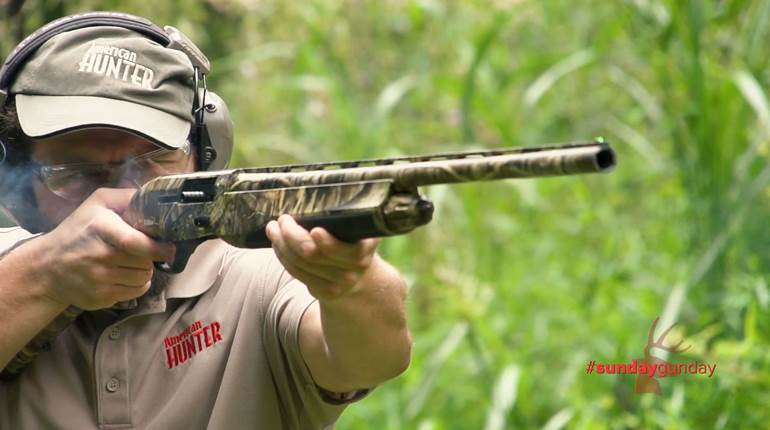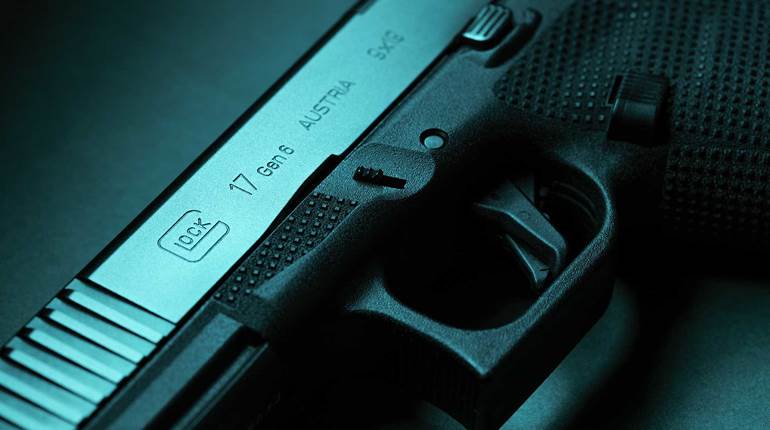
When one looks at the principal arms being used by the militaries of major powers in the mid-19th century, a certain sameness emerges. Granted, rifled arms and breechloaders were enjoying an increased presence, but most infantrymen at the time continued to carry smoothbore muzzleloaders, many of which had little to differentiate them performance-wise from their predecessors with exception the substitution of percussion for flintlock ignition.

It is surprising then, that as early as 1841, one German state—Prussia—was fielding a sophisticated rifle that was not only a practical breechloader, but which also fired an effective self-contained cartridge—a convention that would not become common in arms used by larger, more powerful nations until some 20 years later.

German firearm inventor and maker, Johann Nicolaus von Dreyse (1787-1867), patented his revolutionary bolt-action in 1836. He submitted it to the Prussian military who after testing it adopted it in 1840 and ordered some 60,000 for its troops. Initially clandestinely given the name leichtes Perkussionsgewehr Modell 1841 (“Light Percussion Infantry Rifle Model 1841”), a few years later, secrecy not really being an issue anymore, the piece was retitled Zundnadelgewehr Modell 1841 (“Needle Rifle Model 1841”).

The gun’s action involved a heavy bolt that secured on the shoulder of the action. To open it, one pressed on a spring catch on the rear cocking piece and rotated the bolt upward about a quarter of a turn. After a round was chambered, the cocking piece was pushed in, compressing the mainspring and locking the firing pin shaft against the sear. The firing pin consisted of a long, thin needle (hence the rifle’s designation) which discharged a manually chambered round when the trigger was pulled. The recessed forward portion of the bolt enclosed a reverse cone sited at the chamber entrance. Upon firing, this provided a seal of sorts and also made sure any escaping gasses would be directed away from the shooter.

The cartridge itself was at least as ingenious than the action. Unlike other military ammunition of the period, which relied on a separate cartridge comprised of wrapper, bullet and powder that was detonated by an external percussion cap, the Dreyse round incorporated everything needed to fire the rifle in one compact, combustible package.

This unique round underwent some tweaking before the perfected Modell 1855 version was finally adopted. In its ultimate form, it consisted of a snug paper envelope which, at its midpoint, enclosed a firm coiled paper sabot, the forward portion cupped to hold a 500-grain 15.43 mm ( .63 caliber) egg-shaped bullet and its rear provided with a small circular recess for priming compound. The 75-grain blackpowder charge was sited behind the sabot, requiring the needle/firing pin to pass through it prior to striking the primer.

The system worked and worked well—with reservations. Maximum firing rate of a Zundnadelgewehr was reckoned in a report in the British Chambers Journal of Aug. 18, 1866, to be 10 to 12 times a minute, but the writer qualified this speed stating, “but the soldiers are directed even in the hottest part of the action, not to fire more than five times a minute.” This was still about twice the rate of a common muzzleloading military musket or rifle musket. Muzzle velocity was some 800 to 1,000 f.p.s. and accuracy was deemed acceptable (for the era) out to 500-700 yards.

Alas, every Garden of Eden has its snake, and the Dreyse needle rifle’s lot was no exception. As good as it was, the system had a built-in frailty—the needle itself. As part of the operation, the forward third of the 3"-long, slim striker had to pass through the powder charge to fulfill its mission. This subjected it to the corrosive effects of the blackpowder residue, not to mention the full force of the charge’s explosion, unfortunately causing undue attrition in the firing pin. In typical efficient Teutonic fashion, the striker unit was made easily removable, and each soldier equipped with spares to effect battlefield replacement. Elapsed time for an entire switch-over took less than a minute.

Dreyse military longarms underwent went a number of modifications and models over the years, and were available as standard infantry pieces, shorter jaeger and pioneer rifles and cavalry carbines. Dreyses were also made in sporting and handgun versions.

From 1841 to the late 1870s, Dreyse military rifles were seen in the ranks of a number of German states, as well as a few foreign countries. Probably its most exotic calling was as the trusty arm of Charles George Gordon’s bodyguard during his tenure as captain general the Ever Victorious Army during the latter two years of the Chinese Taiping Rebellion (1850-1864). Curiously, despite the plethora of arms imported into the United States and the Confederacy during the American Civil War, apparently no Dreyses saw any action in that struggle.
Though it has achieved much of its popular fame as the principal rifle used by German forces during the Franco-Prussian War (1870-71), acquitting itself admirably against the superior French Model 1866 Chassepot (which also fired a self-contained combustible round), by the time of this abbreviated conflict, it had become something of a relic. Subsequently, the Dreyse was replaced by the more-sophisticated 11.15x60(R)mm metallic cartridge Model 1871 Mauser bolt-action.

The arm seen in this report, a Zundnadelgewehr Modell 1862, is the most common version encountered on the market today. These will be found marked with not only their model designation but also date of manufacture. The bayonet for the ’62 was a long, slim triangular style and is a collectible accessory. Fair price for a Model 1862 in good condition is in the $3,250 to $3,750 range. Other, scarcer variants can bring considerably more.













